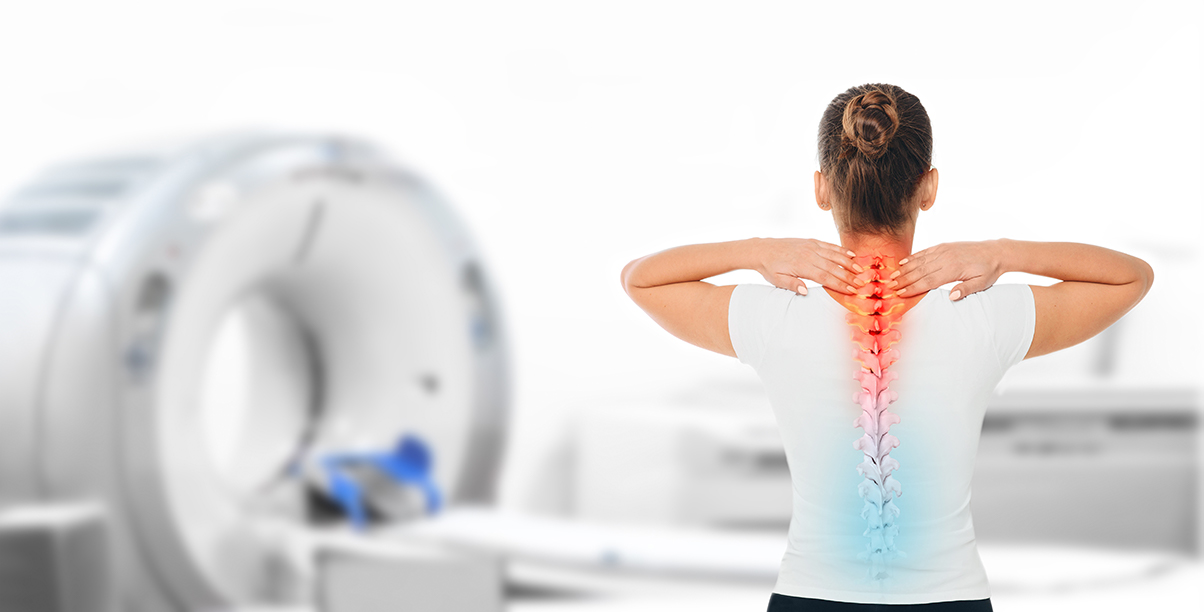Manage Pain and Relieve Nerve Compression With The Right Therapeutic Exercise Regimen
Have you ever had your foot fall asleep? Do you remember how it felt to have your foot feel numb and painful as the circulation returned? This is often the type of feeling many who have nerve pain feel. It is a burning, aching sensation that often radiates down an arm or a leg. Although there are different ways to injure a nerve, one of the more common methods is compression.
Compression to a nerve can be localized, such as when you put your elbows on a table and after a bit of time, feel numbness in the hand, or from a different place altogether, such as compression from the spine. With local compression, typically if you relieve the pressure, the numbness goes away. To prevent this from becoming a more common occurrence, there are stretches you can do to help reduce muscle tightness, to reduce direct pressure from the tight muscles on the nerves. There are also occurrences where the nerve is compressed in the spine. As nerves exit the spine, they can be compressed from arthritis and bone spurs, compressed directly in the spinal canal from narrowing of the space as we age, or from a disc protrusion. Although there are many places and different causes of the compression on the nerve, the result is the same: nerve pain.
If this sounds like you, and you are worried that there is nothing that you can do to relieve your nerve pain but take medication or get surgery, know that a more conservative treatment such as physical therapy is also an option. Research has found that many people have success with conservative treatments.
Examples include:
- “Therapeutic exercises are frequently used in combination with many of the previously mentioned modalities and with great results. Following one of the studies adding mechanical traction to exercise for patients with cervical radiculopathy results in long term positive effects on disability and pain.”
- “Although a definitive treatment progression for treating cervical radiculopathy has not been developed, a general consensus exists within the literature that using manual therapy techniques in conjunction with therapeutic exercise is effective in regard to increasing function, as well as active range of movement (AROM), focusing on decreasing levels of pain and disability will most likely be the main focus of the patient. Recent high level research confirms the positive outcomes of exercise therapy.”
- Thirty-six participants with cervical radiculopathy were randomly assigned either to: 1) a group that received manual therapy and an exercise program aimed at increasing the size of the intervertebral foramen (spine) of the affected nerve root, or 2) to a group that received manual therapy and an exercise program without the specific goal of increasing the size of the intervertebral foramen (spine) of the affected level and side. Results suggest that manual therapy and exercises are effective in reducing pain and functional limitations related to cervical radiculopathy, and that there was little different between groups.
In general, a conservative, multi-modal approach with individualized treatment plans to the person and their needs has been shown to improve pain and function. Examples of a multi-modal approach involved combined treatment with anti-inflammatories, manual therapy, injections, traction, and guided exercises to reduce nerve pain without the need for invasive measures such as surgery.
Reference List
- Physio-pedia. Radiculopathy: Physical Therapy Management. Updated July 14, 2020. Accessed February 18, 2021. https://www.physio-pedia.com/Radiculopathy#cite_note-13.
- Physio-pedia. Cervical Radiculopathy: Physical Therapy Management. Updated December 28, 2020. Accessed February 18, 2021. https://www.physio-pedia.com/Cervical_Radiculopathy
- Langevin P, Desmeules F, Lamothe M, Robitaille S, Roy JS. Comparison of 2 manual therapy and exercise protocols for cervical radiculopathy: a randomized clinical trial evaluating short-term effects. J Orthop Sports Phys Ther. 2015 Jan;45(1):4-17. doi: 10.2519/jospt.2015.5211. PMID: 25420010.


